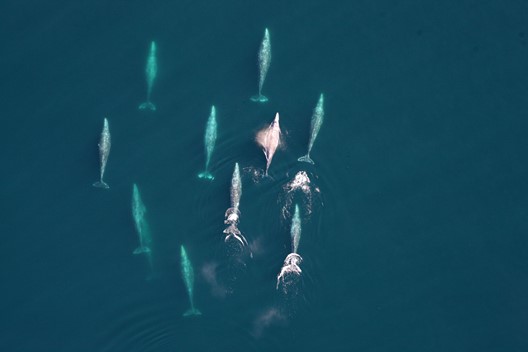Observing Atmospheric Fluxes with UAS (miniFlux)
Understanding the transfer of heat and momentum between different layers of the atmosphere and the underlying surface is critical for improving our weather and climate forecasts. Scientists at NOAA’s Physical Sciences Division (PSD) and the University of Colorado’s (CU) Cooperative Institute for Research in Environmental Sciences (CIRES) are working to develop, test, calibrate and deploy the compact, lightweight (1.2 lbs) miniFlux sensor system (Figure 1). This miniaturized instrument, which is supported by NOAA’s UAS Program Office, can reliably collect these measurements from unmanned aircraft systems (UAS). Deploying this lightweight package on UAS over difficult-to-sample regions of the Earth can provide perspectives on these important processes in ways not previously possible.
Observing Atmospheric Fluxes with UAS (miniFlux) Read More »





